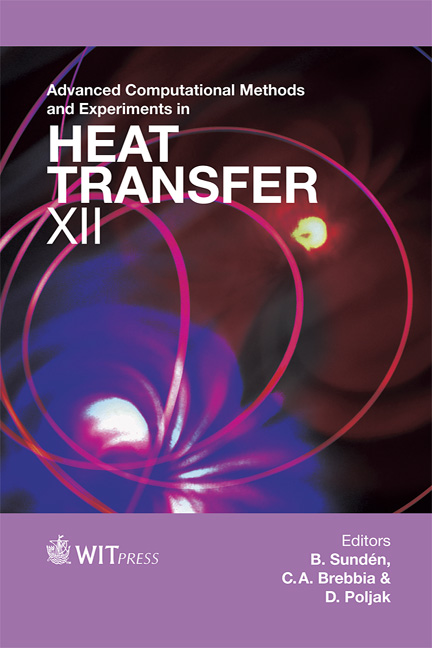Effect Of Thermal Insulation On Hygric And Thermal Conditions In The Envelopes Of Renovated Historical Buildings
Price
Free (open access)
Transaction
Volume
75
Pages
12
Page Range
281 - 292
Published
2012
Size
405 kb
Paper DOI
10.2495/HT120241
Copyright
WIT Press
Author(s)
J. Maděra, V. Kočí & R. Černý
Abstract
The effects of selected exterior thermal insulation systems on hygric and thermal conditions in the envelopes of renovated historical buildings are studied. The load bearing structures formed by typical stone materials used on Czech territory, such as sandstone and argillite, and provided with different types of insulation systems are subjected to computational hygrothermal analysis. The coupled heat and moisture transport problem is solved using the standard Galerkin finite element approach, and a computational implementation is performed. The computer code in C++ is then used in a series of computational simulations. Climatic data corresponding to the test reference year for Prague are used as boundary conditions. The results of computer simulations of moisture and temperature fields are then utilized in the subsequent service life analysis. Keywords: hygrothermal simulation, external insulation, heat and moisture transport, finite element method. 1 Introduction For thermal insulation of existing and newly built structures, exterior thermal insulation systems are the most frequently applied. They are capable of formation of compact insulation layers; herewith the possible thermal bridges that can lead in specific cases to a significant increase of thermal losses are easily eliminated. Application of exterior thermal insulation systems also reduces the thermal loading of envelope structures (especially of their joints) that are usually exposed to the negative effects of temperature changes. The exterior insulation can be realized in the form of a contact system or with air gap. The contact
Keywords
hygrothermal simulation, external insulation, heat and moisture transport, finite element method.





